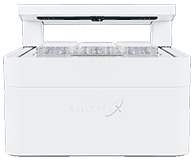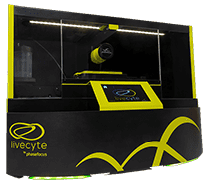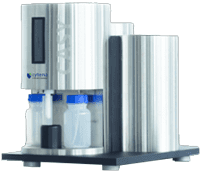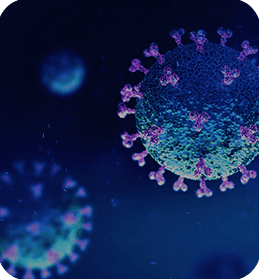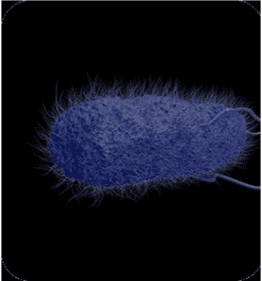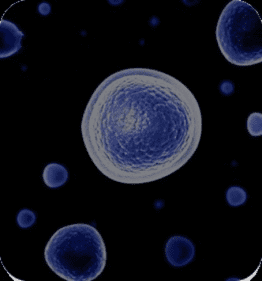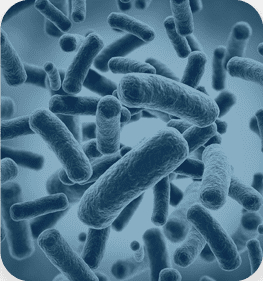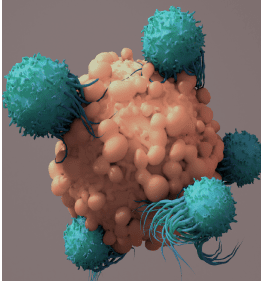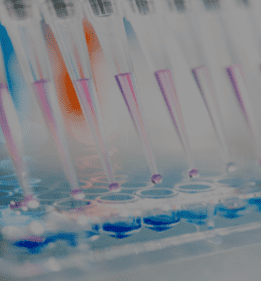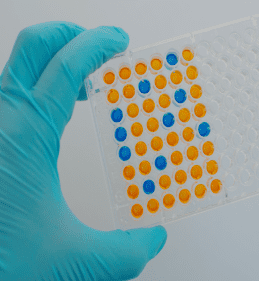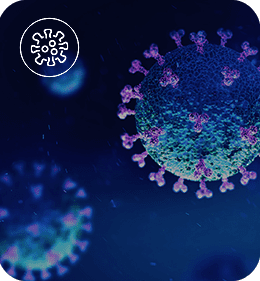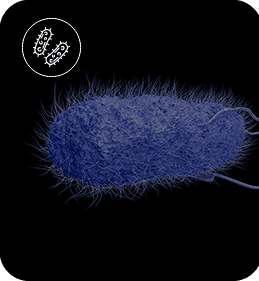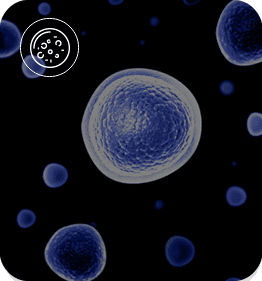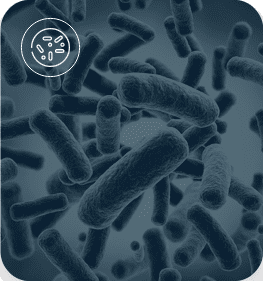Live Cell Imaging and Analysis
Cell biologists often run experiments using end-point assays, forcing them to draw conclusions about cellular behavior using a single timepoint. Now, live cell imaging can take place within the incubator so researchers can rewind, replay, record, and export images and videos acquired from multiple timepoints. This allows researchers to better follow the sequence of biological events and observe a comprehensive view of cell kinetics. Not sure which imager to choose? We're here to help.
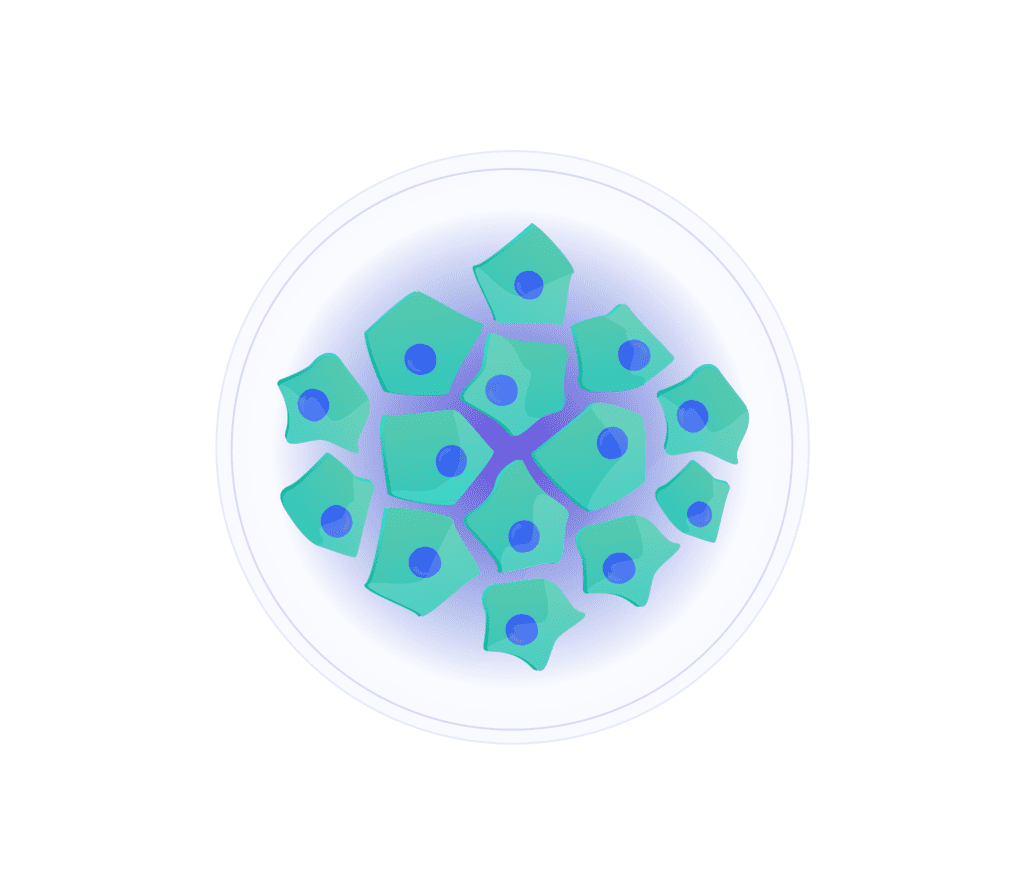
Why Our Live Cell Imagers and Analyzers?

Uninterrupted workflow
Streamline image acquisition and
analysis with our intuitive
software platform.

High throughput options
Run 6 vessels concurrently to
maximize your throughput.

Real-time monitoring
for cell behavior
Data is collected and processed
in real time throughout
the experiment.

Improved cell viability
Less disturbances over the
course of the experiment,
reducing the chances of cellular
abnormality.

Easy and
intuitive software
Compatible with multiple vessel
types and user protocols.

Analyze key
applications efficiently
Expand your research across several
application types
listed below.
What
Is It For?

Biopharmaceutical
Industry

Academic
Institutions

Life Sciences
Startups

Government
Research Facilities

CRO/CDMO

Biopharmaceutical
Industry

Life Sciences
Startups

CRO/CDMO

Academic
Institutions

Government
Research Facilities
Featured
Applications

Cell health and integrity

Apoptosis
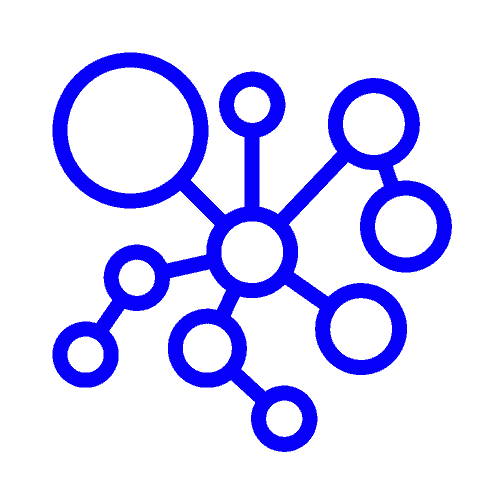
Cytotoxicity

Spheroid growth & formation

Immunology
Featured
Applications

Loreum ipsum ?

Loreum ipsum ?

Loreum ipsum ?

Loreum ipsum ?

Loreum ipsum ?
Products

Featured Resources
Discover more about our single cell dispensers and what you can do with them.
Previous
Next
Applications
Learn how you can automate research workflows in numerous application areas

